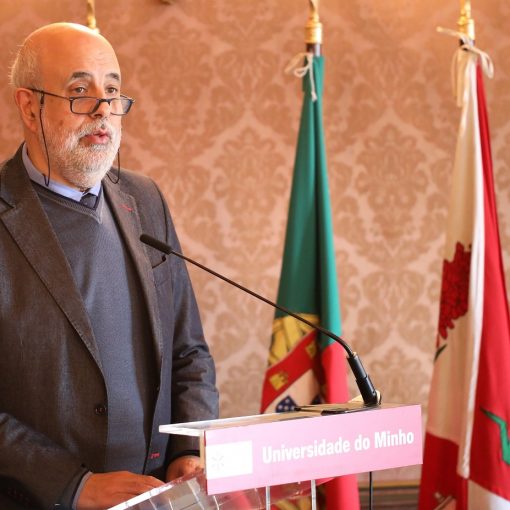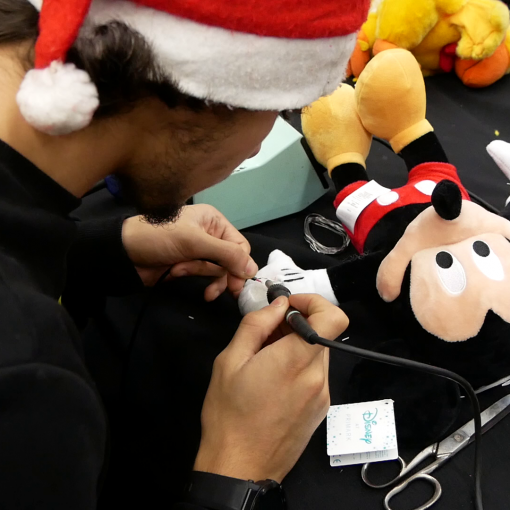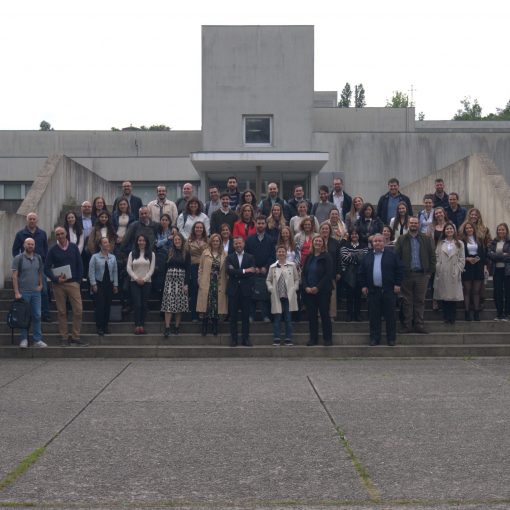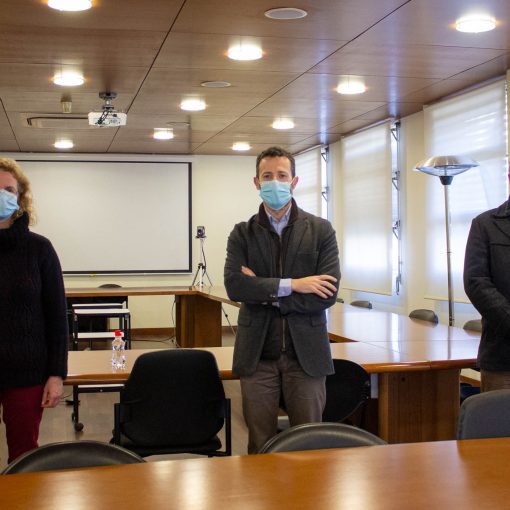A team from the University of Minho School of Engineering is studying the operation of the railroad network in Europe in the face of natural and human hazards such as fires, storms, landslides, acts of suicide and shocks. The researchers aim to create predictive models of the impact and frequency of those occurrences, design a warning app with the best way forward after an extreme event, as well as insert sensors into trains and other equipment to detect infrastructure anomalies, improve barriers in critical areas. and also empower society in this area.
The UMinho group is coordinated by José Campos and Matos and is in several parallel projects. He leads Atlantic SIRMA, which by 2021 has two million euros from the Interreg program and brings together entities from the United Kingdom, Ireland, France and Spain. The objective is to analyze the effects of natural disasters on the degradation of transport routes in the Atlantic strip. Project Safeway, which ends in 2022 and has 4.5 million euros from Horizon 2020, addresses the human and natural influence on railways, highways and multimodal networks. Managed by the University of Vigo, it brings together academies, companies and operators from Italy, the Netherlands, the United Kingdom, Norway, and Switzerland, as well as UMinho and the Portuguese Infrastructures.
“We want to develop tools and technologies to reinforce risk management in these access ways,” says Campos and Matos. “A suicide, for example, forces a railway to stop and this has many social and economic costs,” he says, noting that the origin of human risks has its own psychological and cultural background. “In fact, each zone will be more susceptible to its specific problems: seafarers are subject to thunderstorms, the riverside to floods, the depopulated to fire, the valleys the floods, landslides and derailments, the cities to terrorism …”, lists the researcher at the Institute for Sustainability and Innovation in Structural Engineering (ISISE), at the Azurém campus in Guimarães.
More information about this study at: <a class=”c-link” href=”https://www.uminho.pt/PT/siga-a-uminho/Paginas/detalhe-da-noticia.aspx?Codigo=295206″ target=”_blank” rel=”noopener noreferrer”>https://www.uminho.pt/PT/siga-a-uminho/Paginas/detalhe-da-noticia.aspx?Codigo=295206</a>



